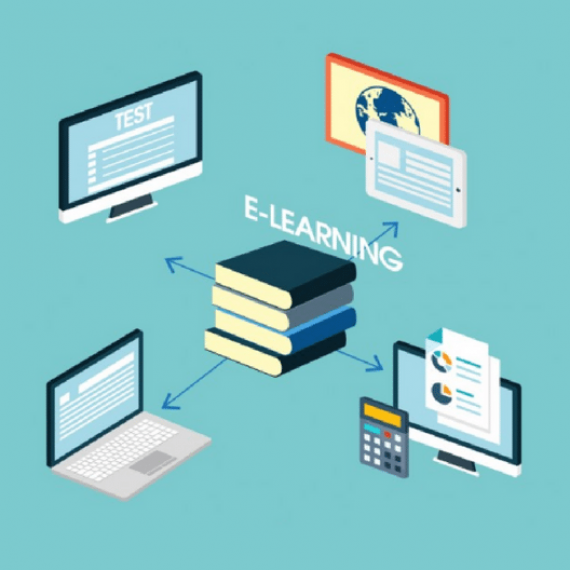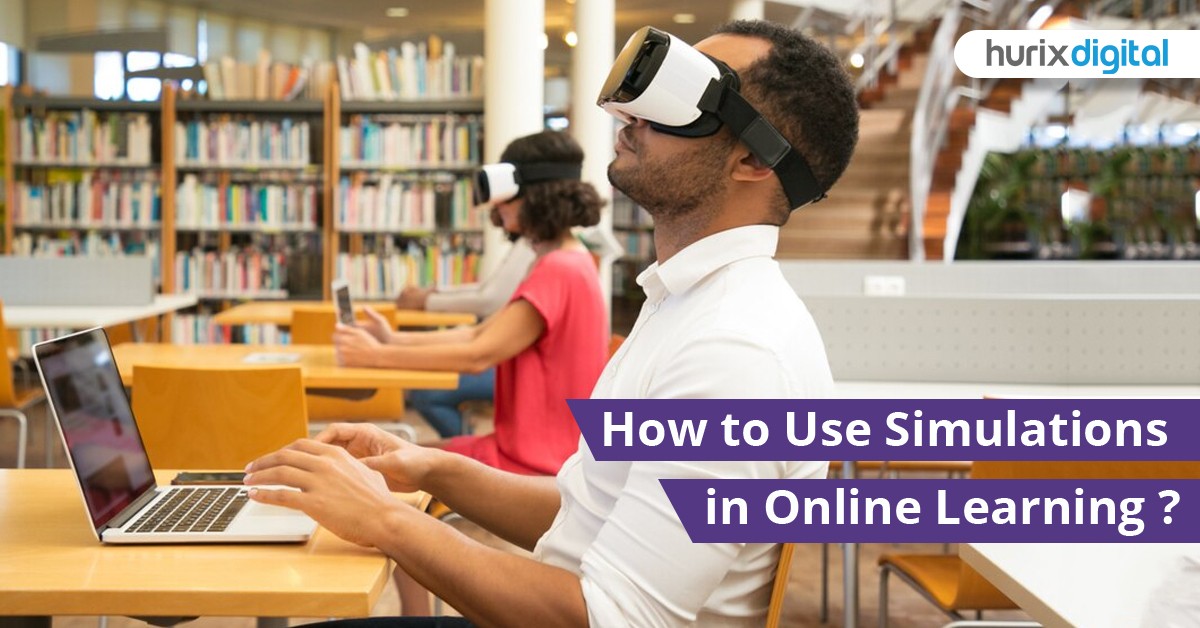
Digital Education Solutions & the Changing Learning Landscape
India’s online education market is all set to grow to a whopping USD 1.96 billion (around 9.6 million users) by 2021, from USD 247 million (approximately 1.6 million users) in 2016, says a report by KPMG. The numbers are a clear reflection of how technology has made its way into every aspect of our lives, including education with online education solutions.
Today’s educators have to continually rethink higher education for a system that’s being transformed by technology.
Solutions to online learning are being actively leveraged by educational institutions across the world to make the education system more conducive to learning. The tried and tested chalk and blackboard method of learning is now outdated since learners find a lot of benefits in the flexibility and autonomy online education solutions have to offer.
So, how is online education helping students learn better?
In addition to the convenience and cost-saving, a large number of educational institutions are turning to online education solutions and online courses because they have become a better way to impart knowledge to their students.
Here are some solutions to online classes that are helping students learn better-
- Flexibility
- Interactive models and digital simulations
- Frequent assessments to help reduce distractions
1. Flexibility
With online education solutions, students enjoy the freedom to own their learning as they aren’t tied down to a fixed routine. Unlike a traditional classroom setting, the online mode of learning gives learners the power to delegate their time however they want.
Online learning solutions are also great for people who work the whole day and can’t attend classes in person. This is why various institutions today, from ivy league to degree colleges, offer a range of online courses, degrees, and certifications to help students learn at their convenience.
2. Interactive models and digital simulations
Interactive models and digital simulations allow students to understand difficult concepts better. Further, technology has made learning much more fun as students can engage in a diverse array of learning tasks that also help them improve their retention in terms of new concepts.

3. Frequent assessments to help reduce distractions
One of the key benefits of online courses is the convenience and frequent assessments they offer. They are, in fact, instrumental to student learning as interspersing multimedia content and interactive learning materials with regular short assessments/tests can improve student engagement substantially.
This is further validated by a research report from Harvard, which shows that these crisp and regular assessments help reduce student distractions by almost half while also improving the overall retention of the content. “How can educational institutions utilize online education solutions for teaching?” Technology, in the form of online education solutions, allows educational institutions to create new opportunities for their learners continually. Some of the other ways they can benefit from this include-
- Cost-Savings
For educational institutes looking to reduce costs and increase ROI, online education solutions can significantly reduce overheads (classroom-based resources and manpower) and assist with scalability.
- Dynamic method of learning
Educational institutions have always seen online education as an add-on to traditional courses. However, the data suggests that this trend is rapidly changing, with as high as 3.3 million web searches for online learning solutions in recent times. It has, in fact, become an invaluable method of learning and a robust financial pillar for the ongoing development programs of various educational institutions.
- Upskilling trainers
Online learning solutions can be extremely helpful for educators to advance their skills in various areas, such as curriculum implementation, leadership development, and policy setting, both independently as well as with the support of their respective institutions. Furthermore, it allows them to learn new skills relevant to their careers and collaborate with their peers.
Here are 6 recommended ways to spice up your online courses to be able to create an enriching learning experience-
1. Develop a milestone structure
The first step towards creating content that transforms the online learning experience is to develop a milestone structure where every module or chapter in the course achieves a milestone. This essentially means giving learners something concrete to walk away with, in each unit. However, ensure each module in your course is engaging, informative, and helpful, so it basically becomes an entire mini course within itself.
2. Give students a chance to learn and apply the information
Your goal while creating each module should be to prevent binge-watching using stop signs or specific instructions at appropriate places. When you tell students to do this after each module, you give them a proper chance to learn and apply the information.
The aim here should be to make sure that the students are actually learning something before moving on instead of making it a mere reading exercise. Some of the ideas you can implement to make your course content a catalyst for action could be – ‘complete this exercise before moving on to the next lesson.’
3. Prioritize clear content structure
Structuring your content with a clear what, why, and how is one of the most critical steps in content creation. So, the three questions you need to prioritize during this step include-
- What do learners need to know?
- Why do learners need to care?
- How can learners put to use whatever it is you’re teaching?
Additionally, adding a crisp learning objective or a short lesson on what exactly students are going to learn before all of this helps in ensuring everyone is on the same page.
4. Leverage the power of reinforced learning
Reinforced learning is an excellent learning methodology that involves adding quizzes or practice resources for the course content to help facilitate understanding. These include a specific template, pattern, or setting that helps learners speed up their practice of what you’re making them learn.
5. Give learners an opportunity to discuss
Another essential element for improving the online learning experience is to include specific areas in your course content, where you can get students to engage in a discussion by asking them questions on what they’re learning.
This not only boosts engagement and a sense of community among learners, but it also aids in course completion rates and enhances the overall learning experience.
6. Offer rewards for student achievements
To make online learning more fun and engaging, offer a bunch of rewards geared towards student achievement. You can do this by offering certificates, coupons, bonus packages, and other similar rewards if students complete specified areas of the course. “The Future of Online Learning” While traditional classroom learning hasn’t lost its value completely, students/learners today are looking for flexibility with respect to place and time to learn new skills.
Unlike earlier, when the vast majority of educational institutions were skeptical of online learning, today, more than 70% of them believe that online learning is essential to their long-term strategy. They also rate the outcome of online education the same or even higher than those studying in traditional face-to-face environments, which is a true testament to the power of online learning solutions.
With an increasing number of institutions adapting to the changing wave and offering flexible online learning solutions, in addition to their traditional counterparts, the future for online learning appears exceptionally bright.
Related:
Digital Solutions for Universities and Higher Education Institutions
How Mobile Learning is Changing the Educational Landscape
9 Reasons for the Growth of eLearning in Education
Why Should Colleges and Universities Develop eLearning Programs?
Best eLearning Solutions for Digital Natives
How to Create and Deliver the Best K-12 Learning Solutions

Senior Vice President – Business Development
at Hurix Digital, with over 25 years of experience in EdTech and workforce learning. He excels in business development, customer relationship management, and scaling digital learning solutions, driving global growth through innovative content, simulations, and AI‑driven training offerings
 A Space for Thoughtful
A Space for Thoughtful 



